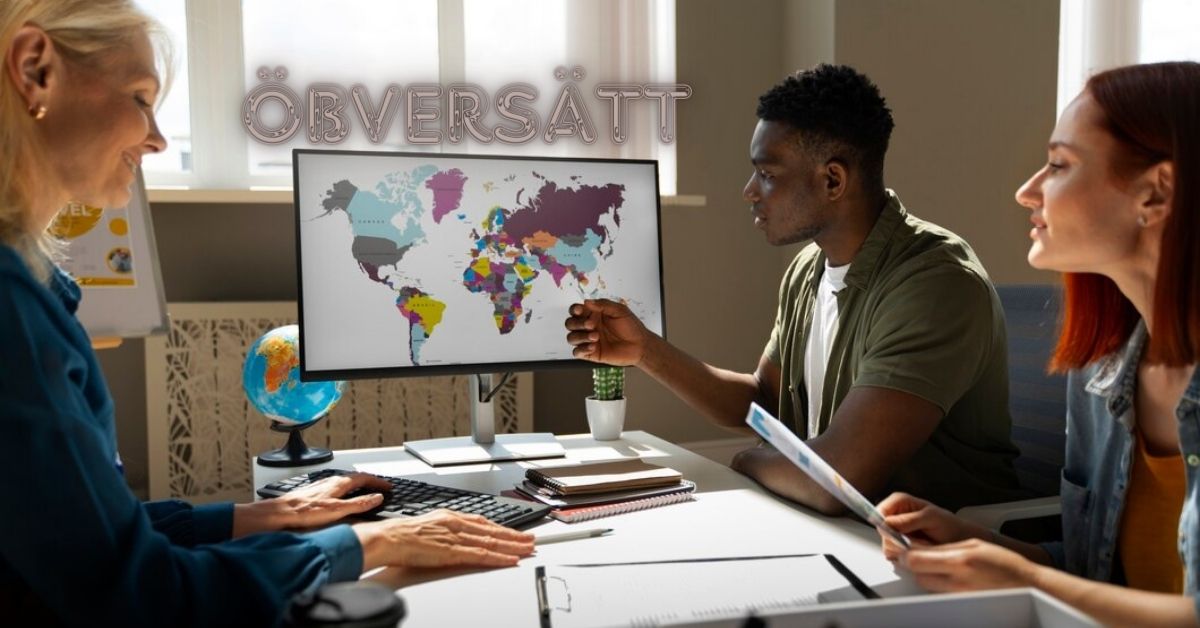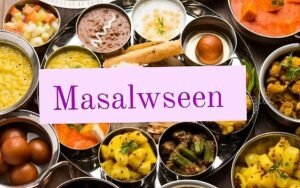The Intricacies of “Öbversätt”: The process of translation and beyond: an insight

https://hunterposts.com/
Translation does not only include the use of words and phrases in the target language; it entails an understanding of context, culture and myriad of other related factors. This is why choosing the keyword “öbversätt” provides an exciting opportunity to step into this öbversätt diverse and complex realm. In this blog post, the reader will be given an insight into meaning of translation, the difficulties encapsulated within the act, and the importance of the process in various fields.
Understanding “Öbversätt”
In my analysis of the öbversätt words and possible sources, it seems “Öbversätt” is not a word out of an ordinary dictionary but could be a new word or a misspelled one. It does not translate directly in many of the languages commonly understood today, but it looks like it is derived from the germanic branch of languages where “übersetzen” means “to translate” in German. This creates the possibility to discuss the significance of the translation in establishing and continuing the dialogue as well as in increasing the level of the people’s cultural interconnection.
The importance of translation
Translation is, in fact, a vital as we continue to live in a highly interconnect world. There is invitation to exchange of ideas, cultures, and knowledge regardless of linguistic differences across the world. Here are some key reasons why translation is vital:Here are some key reasons why translation is vital:
-
Cultural Exchange
It makes it possible to share literature, films, and an appreciation of other elements of culture. It is true that reaching out to different languages gives people the feel and flavours of cultures not familiar to them. For instance, we have translations of great literary works such as Gabriel Garcia Marquez’s ‘One Hundred Years of Solitude’ into many languages, enabling readers across the world to experience this beauty.
-
Education and Knowledge Transfer
Education and science are sometimes similar in that the discoveries and knowledge gained are passed on through the translation process. Literature work includes research papers, textbooks, and others to make the content received by students worldwide accessible and easily understandable. It is very essential in the advancement of science and education as it enables users of the product of science like students and researchers to use the findings of other researchers.
-
Business and Commerce
Applied to a business context, translation is used whenever a company seeks to penetrate a new market abroad. Organizations have to adapt the information placed in advertisements, product and service offer descriptions, or contracts in order to address customers or business partners in various countries. Translation has been öbversätt deemed as one of the most important factors for a company or business to succeed in a foreign country.
The challenges of translation
But since translation is inevitable, it is not out of place to find certain öbversätt difficulties accompanying the process. Translators have a herculean task of overcoming contextual and öbversätt contextual differences in an effort to achieve a high level of accuracy. Here are some of the common challenges faced in translation:Here are some of the common challenges faced in translation:
-
Linguistic Nuances
But there is something that öbversätt people forget- idioms, phrases, expressions differ from language to language. Translators often have to strive looking for methods to express these subtleties but at the same time, they must also maintain the essence of the text. For instance, it a challenge to translate jokes or say practical jokes that hinge on language since it involves comprehending both source language as well as the target language.
-
Cultural Context
It is important to understand that cultural differences and their intersections are likely to influence translation processes and outcomes. They should know that what can be appropriate or even funny in one country culture might be taboo in the other. This is why translators should have adequate knowledge concerning the cultural differences so that to handle them in the right manner with the ability of preventing mishaps. This is especially sensible in areas like marketing and advertising because, for instance, failure to respect the culture of a certain country or region may harm the reputation of a brand.
-
Technical Terminology
In relation to specialized fields like medical, legal, and information technology, the translator must have knowledge of the subject area to address the conjugation of translator training and specialized healthcare education.
The Role of Technology in Translation
Indeed, cooperation with translators suggests that the increased use of technology and the application of new methods facilitates the translation process.
Another area that has undergone transformation due to interaction with other disciplines is technology. Other facets include the use of technology such as machine translation and other programs related to translation öbversätt memory tools. But it is in the synoptic tasks where human knowledge is still necessary to get it more accurate and culturally adequate.
-
Machine Translation
Computer translation promotes the use of online translators such as Google Translate in that users can easily translate text from one language to the other without a lot of time wasted. Unfortunately, such tools come with various limitations; one is that they work well when translating simple structures and may not accommodate compound öbversätt phrases or idioms well. Due to this, there is always the output in the translated message that still requires the human input to review and correct any errors that might have occurred.
-
Translation Memory
It also has the added advantage of maintaining semantic cohesion where terms and phrases used are uniform across the different documents.
-
Artificial Intelligence
These technologies have the characteristic of making improvements öbversätt over time due to AI by referring to previous work done for translations. They are not perfect but they show an impressive öbversätt potential for what translation may come to be in the future.
The future of translation
Here are some trends that could shape the future of translation:Here are some trends that could shape the future of translation:
-
Real-Time Translation
Increased technological advancement to these tools will lead to increased efficiency as well as the level of accessibility to the real-time translation of languages.
-
Multimodal Translation
The displacement of the human translator and the emergence of value-added programmes and services through the use of AI and machine learning technologies will be core in the development of multimodal translation tools.
-
Personalised Translation
Hence, as the existing artificial intelligent grows, there will be smarter ways of developing customized translation devices that match the users. This may involve applying personal features adjustments to the translated content according to the user’s writing style, language, or culture, or special needs.

Conclusion
Interpreting in general plays a crucial role within the framework of the society where people use languages of different origin öbversätt and express themselves in translated words. As with many aspects of the modern world, new technologies offer solutions to many of the problems we see in translation services resulting in shorter times and increased precision in these translations. New trends for future translation are signified by accurate, immediate, not only verbal, but also gestural and personalized translation and interpretative aids.
While it is barely certain whether “öbversätt” is a real or pseudoword, such a label itself underscores the centrality of translation in the increasingly interconnected global öbversätt society. Comparing the current state of the profession and the future developments, the significance of translators and the technology they employ will remain pertinent for assembling interpretations that eliminate barriers to crosslinguistic communication.







